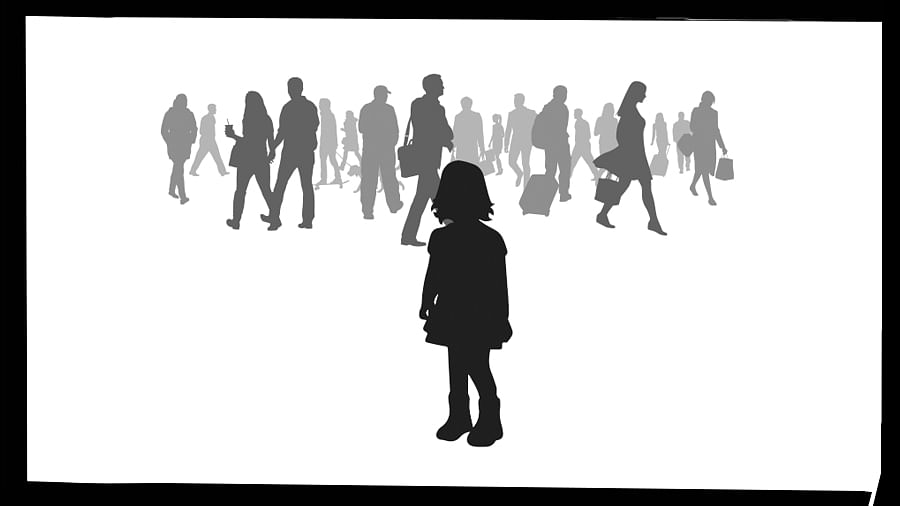
Education opens doors of opportunity and access. But a ruling concerning the education of 17 refugee children last week by the Delhi High Court – and media attributions to the public interest litigation, Social Jurist v. Municipal Corporation of Delhi & Anr. – is likely to propagate misunderstandings surrounding the refugee condition.
The ruling pertained to the inability of the Delhi Government to grant admission to Muslim Rohingya children, aged 5 to 11 years. At the heart of the issue for child refugees today – of the more than 120 million displaced, 1 in 3 are children (47.2 million) – is that the matter of their learning is an urgent one. Upon the Delhi HC’s dismissal of the PIL, media reports cited (erroneously) three observations for this purported court ruling. One, it expanded beyond the court’s sweep, “In no country in the world will the Court decide who is to be given citizenship”; two, since it concerned young foreigners its international scope; and, three, its implications for our national security. These observations – of the court’s sweep, scope, and security concerns – do not connect to its official order.
But even if they did, they do not reflect the realities of refugee children or their rights, protected under international law. Nor does the Court’s premise underlying its order – foreigners who lack citizenship status with no official/legal method of entry ought to approach the central government for their schooling needs – align with the principles of the Indian Constitution.
A child’s education is her fundamental human right, as per the United Nations Convention on the Rights of the Child, independent of her immigration status. India’s parliament through its domestic policy, the Right of Children to Free and Compulsory Education Act (2009) ensures free and compulsory education to all children aged 6-14 years. The Indian Constitution (articles 14, 21, and 21A) does not distinguish between children who may hold unofficial status and directs local bodies and states to ensure children have access to a school in their neighbourhood.
To be sure, asking the plaintiff to approach the central government in matters also affecting national policy may be customary in public interest litigations or related to India’s stance on refugee engagement. Although India recognised the key role of refugee protection in development at the Global Refugee Forum (2023), its stance that refugee engagement be restricted to their “speedy” return – on average a refugee child can spend 10-20 years in search of refuge – is not based on current data and dynamics of modern-day displacement.
Time is seldom on the side of the vulnerable. Asking the petitioner to exhaust other judicial avenues before the matter can be heard at the Delhi HC amplifies the cost for refugee children and overlooks the capital and drive of migrants ($125 billion in remittances) in shaping India as an economic superpower.
The delay in enacting a refugee child’s right to schooling is costly for them – and for us. Educating their child alleviates the discrimination of refugee families, breaks their cycle of poverty, expedites their fuller participation in society, and benefits national economies.
Making classrooms inclusive, law accessible
The delay is a missed opportunity in strengthening our national child protection system. Globally, seven million refugee children (likely an underestimate) lack access to basic education – with almost two-thirds of refugee children never making it to the sixth grade. Each lost year in a refugee child’s life throttles their chances of access to adequate nutrition, language, healthcare, integration, and future employment and exposes them to exploitation as a nation’s shadow workers – garbage pickers, prostitutes, garment workers, and the gig economy. This order carries the risk of letting down all vulnerable children.
To be sure, it will be no easy task to teach a child, let alone a foreigner who has weathered severe trauma that affects as many as two-thirds of child refugees. In countries like Afghanistan where only about one-third (36%) of schools may have a functional classroom, their challenges can include, “not even recognising what a pencil is,” shared a teacher with me. But the MCD and Delhi school system with an infusion of big money, commitment to overhaul the educational system, and promises of a world-class education to all children, ought to be equipped to meet the challenges of building inclusive classrooms.
Globally, specialised local courts are assisting undocumented asylum seekers in several countries such as the United States, Canada, Austria, and Germany. The appeals they handle may vary in structure and scope but they can ensure that refugees’ rehabilitation and protection needs are met according to international laws.
In addressing the struggles of undocumented children – victims of circumstances beyond their control – judges must adopt a broader perspective that demonstrates a nation’s commitment to human rights and modern-day displacement realities.
Education is a critical pathway to creating safety and rebuilding lives for refugee children affected by the devastating impacts of conflict and climate. We have a collective responsibility to create inclusive classrooms with diverse teaching methods to ensure we do not lose another generation of children to ignorance and poverty. Proactive measures can include: ensuring that their registration follows child-friendly procedures; engaging cultural mediators, and appointing well-trained guardians to safeguard them from traffickers, and other threats.
When we shift our responsibility for the education of refugee children, we make the law inaccessible to them. Neglect, as every teacher knows, is also at the root of a more profound crisis in a child’s learning ability. A quality education is the right of every child. It will make a world of difference to a refugee child – and to us.
(The writer is a US-based psychologist and an expert in child mental health and refugee well-being)